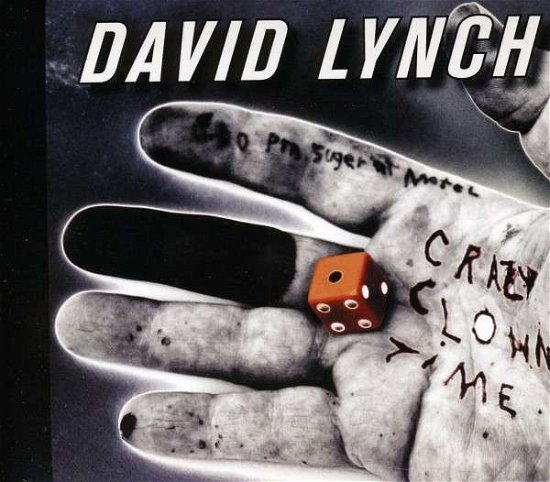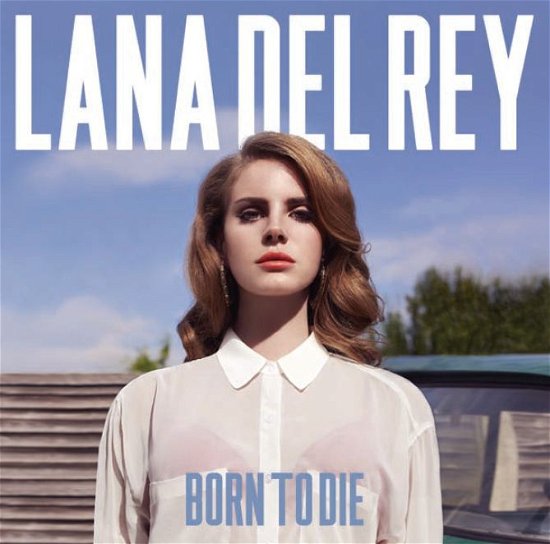
Tell your friends about this item:
Christmas Oratorio -highlights-
Frank Peter Zimmermann
Christmas Oratorio -highlights-
Frank Peter Zimmermann
Bach's Christmas Oratorio consists of six cantatas, the first of which was first performed at Christmas in 1734 at the town church of Leipzig, the Nikolaikirche, in the morning, with an afternoon performance at the Tomaskirche. The second part was performed on 26th December, in the morning at the Tomaskirche and in the afternoon at the Nikolaikirche, while the third was performed only at the Nikolaikirche on 27th December. The fourth part was performed first on 1st January 1735, the Feast of the Circumcision, at the Tomaskirche and in the afternoon at the Nikolaikirche, while the fifth for the first Sunday of the New Year, 2nd January, was only performed in the morning at the Nikolaikirche. The sixth part was given two performances on 6th January, the Feast of the Epiphany, first at the Tomaskirche and then at the larger Nikolaikirche. Although the work makes considerable use of music originally composed for other purposes, the cycle was clearly conceived as a unified work, to which the elaboration of the first chorale at the end of the sixth part bears witness. The impression is enforced by choice of keys and formal structure, in spite of the original intention of performance of each part on a different day during the twelve days of Christmas. The first three parts deal with Christmas itself, the birth of Christ and the message to the shepherds at Bethlehem. The Evangelist intervenes only once in the fourth part to mention the circumcision and naming of Jesus. In the fifth are the reactions of the Wise Men to Bethlehem, their departure ending the Evangelist's account. The instruments used in the Christmas Oratorio include the ubiquitous four part string orchestra, with a keyboard continuo part for organ, the bass line doubled by cello and bassoon. Transverse flutes, rather than recorders, are used in some movements while the oboes used include pairs of ordinary oboes as well as pairs of the alto and tenor of the family, the oboe d'amore and the oboe da caccia. Brass instruments include three natural trumpets, their melodic parts restricted by their nature to the brilliant upper clarino register. Timpani make their due appearance with the trumpets. Two natural horns, corni da caccia, make a brief appearance in two numbers in the fourth part. There are four vocal soloists, soprano, alto, tenor and bass.
FAILONI CHAMBER ORCHESTRA/GEZA OBERFRANK
| Media | Music CD (Compact Disc) |
| Number of discs | 1 |
| Composer | Failoni Co/oberfrank |
| Released | February 28, 2002 |
| EAN/UPC | 0636943450826 |
| Label | NAXOS NXS8554508.2 |
| Genre | Christmas |
| Dimensions | 127 × 143 × 9 mm · 94 g |
| Conductor | Geza Oberfrank |
| Orchestra | Failoni Chamber Orchestra |




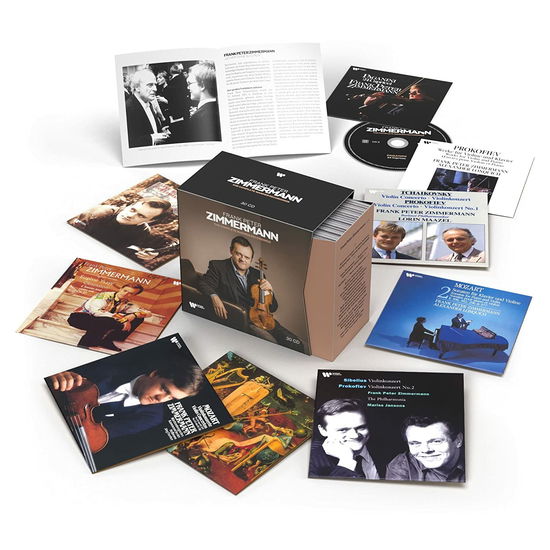
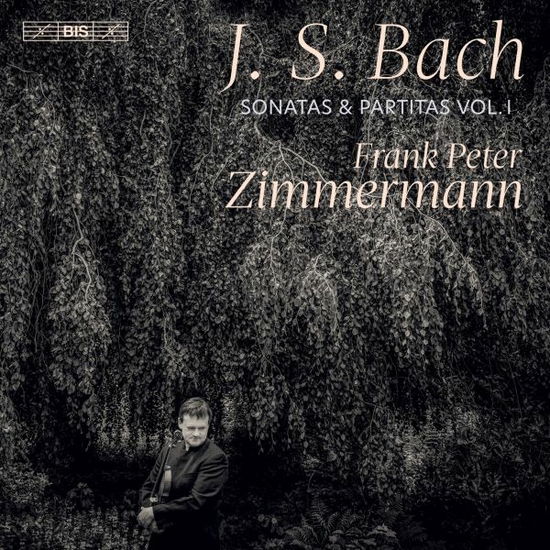





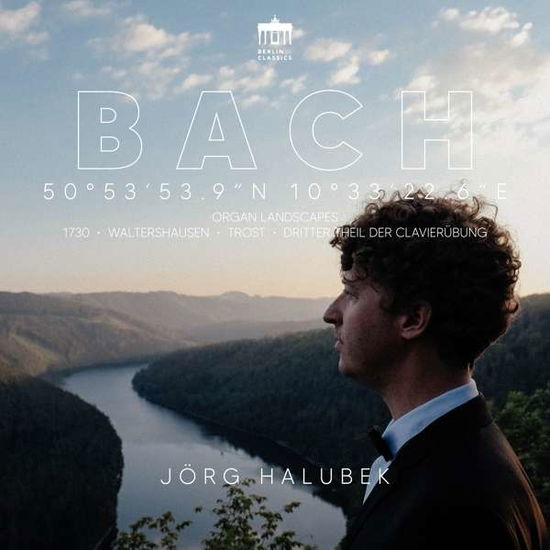

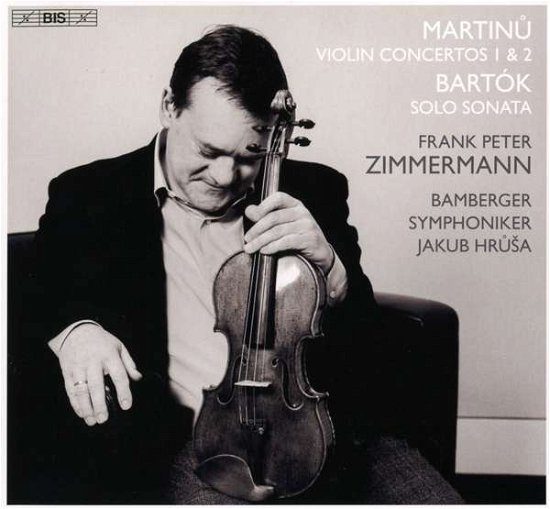



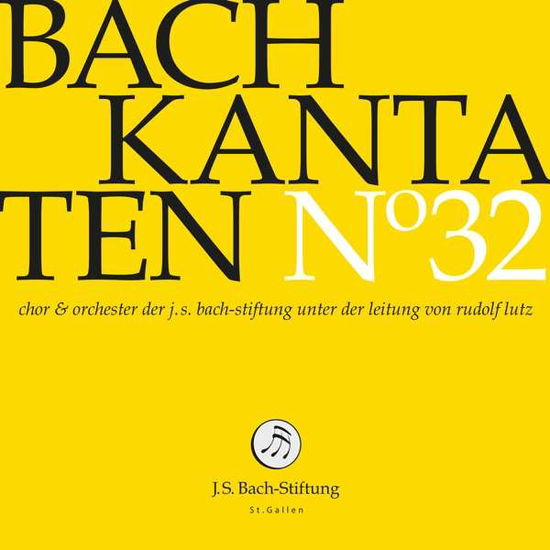







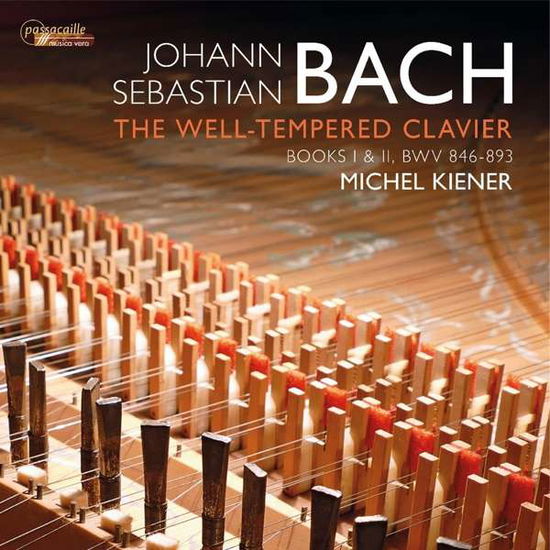



![Cover for Frank Peter Zimmermann · Weihnachtsoratorium - Christmas Oratorio Bwv 248 (CD) [Remastered edition] (2019)](https://imusic.b-cdn.net/images/item/original/893/0885470013893.jpg?frank-peter-zimmermann-2019-weihnachtsoratorium-christmas-oratorio-bwv-248-cd&class=scaled&v=1571507324)




![Cover for Claude Debussy · Impressions: The Sound of Debussy (LP) [Standard edition] (2018)](https://imusic.b-cdn.net/images/item/original/477/0190295707477.jpg?claude-debussy-2018-impressions-the-sound-of-debussy-lp&class=scaled&v=1520330984)

![Cover for Krystian Zimerman, Polish Festival Orchestra, Krystian Zimerman · Chopin: Piano Concertos Nos. 1 & 2 (LP) [180 gram edition] (2017)](https://imusic.b-cdn.net/images/item/original/719/0028947968719.jpg?krystian-zimerman-polish-festival-orchestra-krystian-zimerman-2017-chopin-piano-concertos-nos-1-2-lp&class=scaled&v=1480202753)
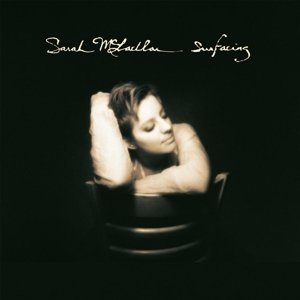
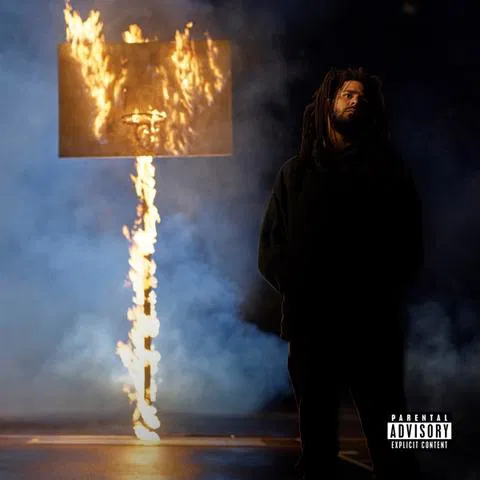

![Cover for John Denver · His Ultimate Collection (Colour Vinyl) (LP) [Limited edition] (2021)](https://imusic.b-cdn.net/images/item/original/019/0194399513019.jpg?john-denver-2021-his-ultimate-collection-colour-vinyl-lp&class=scaled&v=1645637330)
![Cover for Bill Evans · Everybody Digs (CD) [Remastered edition] (2009)](https://imusic.b-cdn.net/images/item/original/990/5060143492990.jpg?bill-evans-2009-everybody-digs-cd&class=scaled&v=1447752570)
![Cover for Sting · Ten Summoner's Tales (LP) [Reissue edition] (2016)](https://imusic.b-cdn.net/images/item/original/511/0731454007511.jpg?sting-2016-ten-summoner-s-tales-lp&class=scaled&v=1471955741)
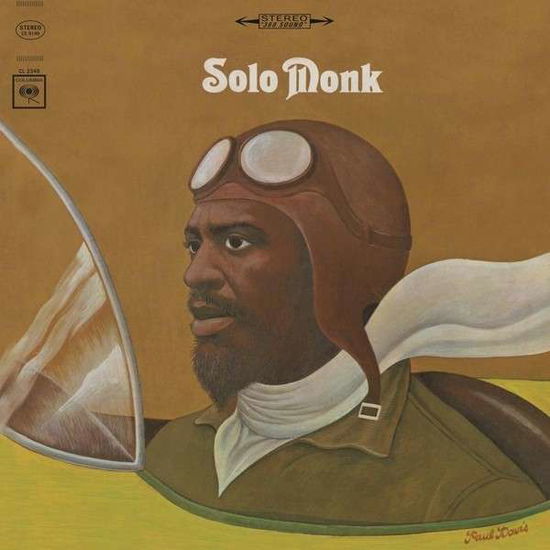
![Cover for The 1975 · Being Funny in a Foreign Language (LP) [Limited Blue Vinyl edition] (2022)](https://imusic.b-cdn.net/images/item/original/003/5060257963003.jpg?the-1975-2022-being-funny-in-a-foreign-language-lp&class=scaled&v=1659440161)

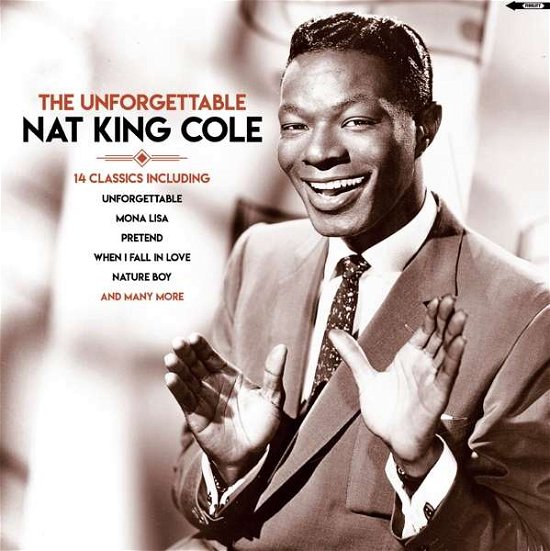
![Cover for Alan X Hans Zimmer Walker · Time (alan Walker Remix) (LP) [Limited edition] (2020)](https://imusic.b-cdn.net/images/item/original/272/0194397363272.jpg?alan-x-hans-zimmer-walker-2020-time-alan-walker-remix-lp&class=scaled&v=1647735231)




![Cover for BILLIE EILISH · Happier Than Ever (CD) [Deluxe edition] (2021)](https://imusic.b-cdn.net/images/item/original/670/0602438303670.jpg?billie-eilish-2021-happier-than-ever-cd&class=scaled&v=1706354199)


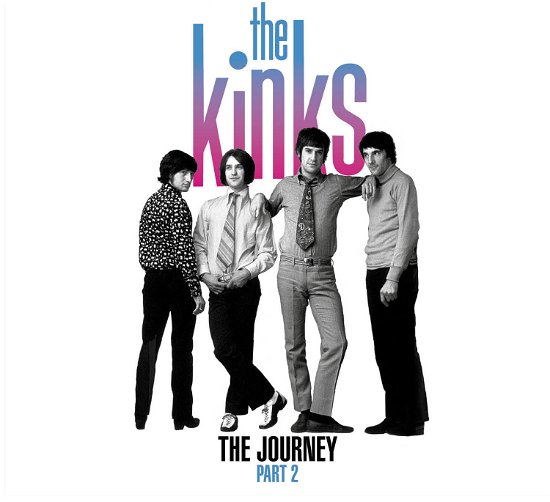
![Cover for Timbaland · Shock Value (CD) [Bonus Tracks edition] (2007)](https://imusic.b-cdn.net/images/item/original/063/0602517266063.jpg?timbaland-2007-shock-value-cd&class=scaled&v=1176367266)
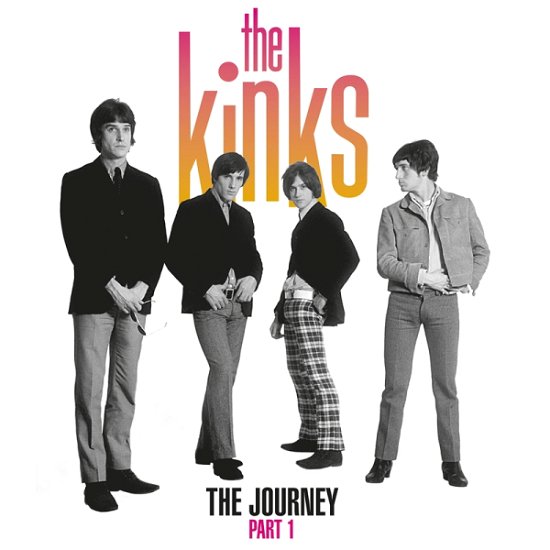
![Cover for Niall Horan · Heartbreak Weather (CD) [Deluxe edition] (2020)](https://imusic.b-cdn.net/images/item/original/642/0602508663642.jpg?niall-horan-2020-heartbreak-weather-cd&class=scaled&v=1581694243)
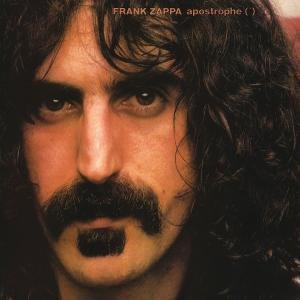


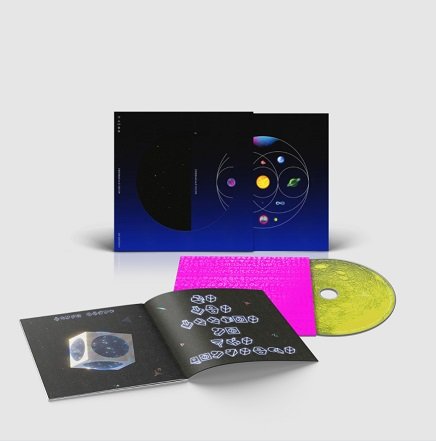
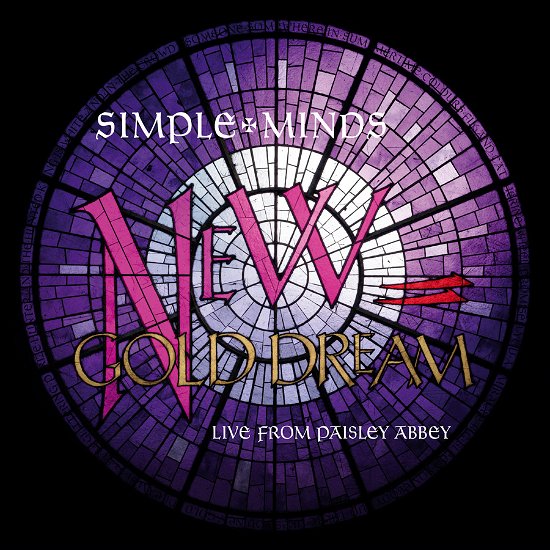
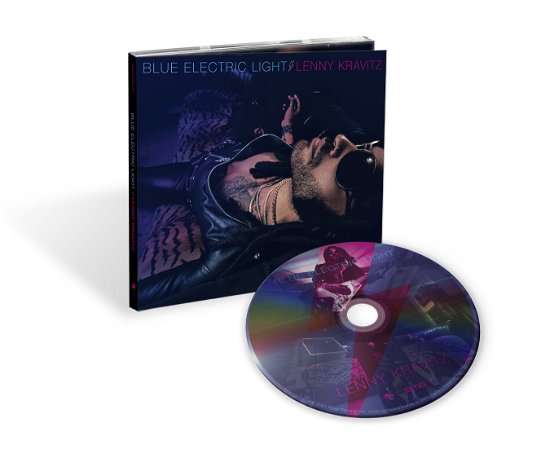

![Cover for Dio · Holy Diver Live (CD) [Deluxe edition] (2021)](https://imusic.b-cdn.net/images/item/original/644/4050538629644.jpg?dio-2021-holy-diver-live-cd&class=scaled&v=1602325147)

![Cover for Lil Baby · My Turn (Ltd Dlx) (CD) [Deluxe edition] (2020)](https://imusic.b-cdn.net/images/item/original/699/0602435495699.jpg?lil-baby-2020-my-turn-ltd-dlx-cd&class=scaled&v=1608645875)
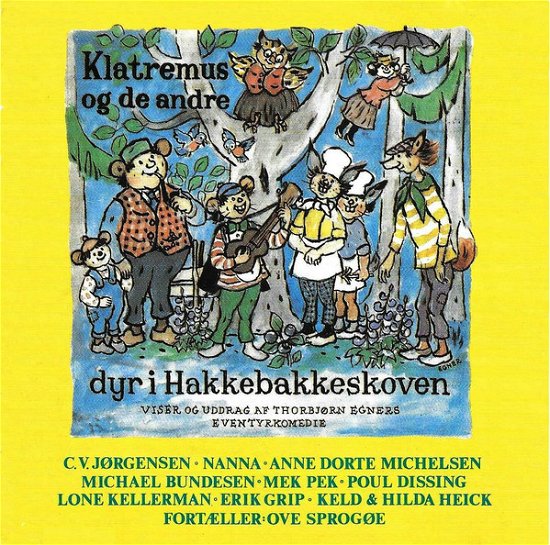
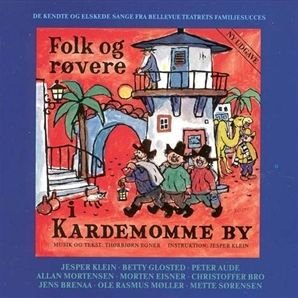
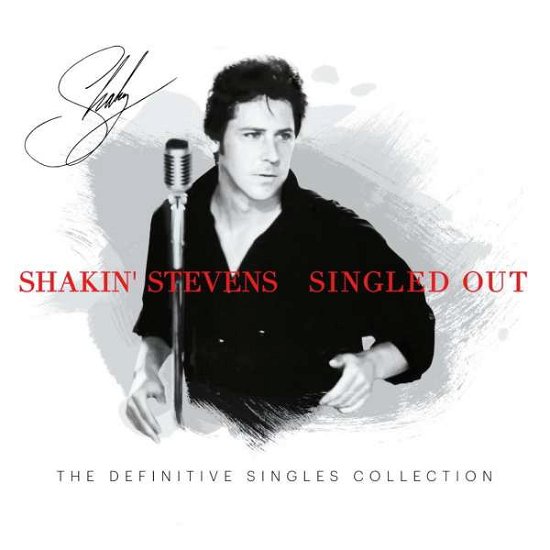

![Cover for Slade · Slade Alive! (CD) [Deluxe edition] (2022)](https://imusic.b-cdn.net/images/item/original/668/4050538799668.jpg?slade-2022-slade-alive-cd&class=scaled&v=1650051131)
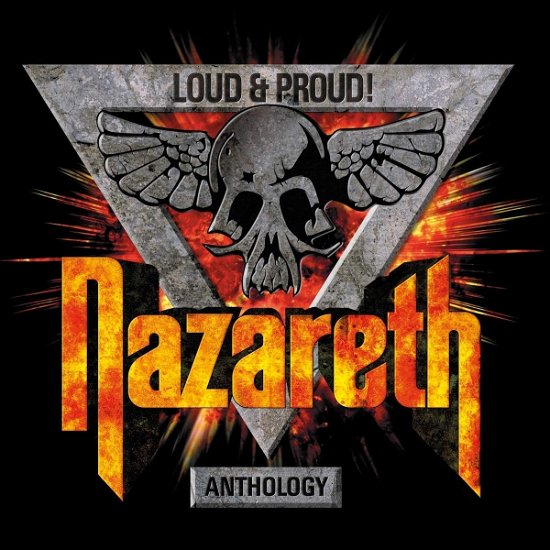
![Cover for Linda Ulvaeus Agnetha Fältskog · Nu Tändas Tusen Juleljus (CD) [Remastered edition] (2005)](https://imusic.b-cdn.net/images/item/original/659/0602498687659.jpg?linda-ulvaeus-agnetha-faltskog-2005-nu-tandas-tusen-juleljus-cd&class=scaled&v=1130149365)
![Cover for Gorillaz (CD) [Bonus Tracks, Enhanced edition] (2001)](https://imusic.b-cdn.net/images/item/original/806/0724353448806.jpg?gorillaz-2001-gorillaz-cd&class=scaled&v=1090402970)
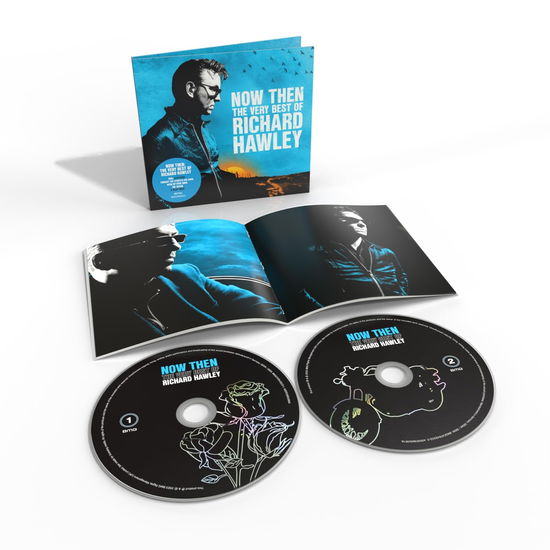
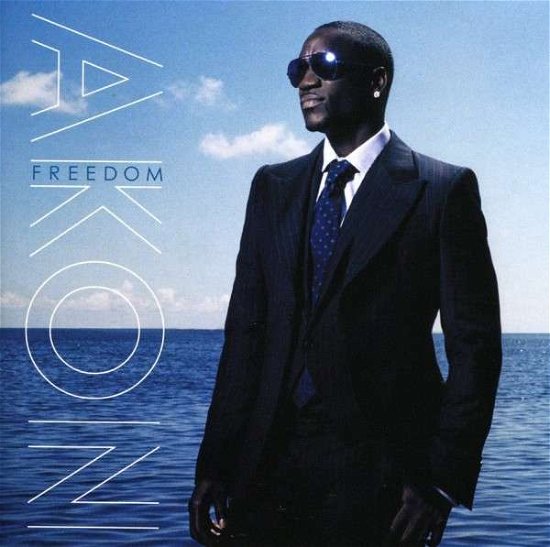
![Cover for Mariah Carey · All I Want For Christmas Is You (SCD) [Limited edition] (2024)](https://imusic.b-cdn.net/images/item/original/120/0198028791120.jpg?mariah-carey-2024-all-i-want-for-christmas-is-you-scd&class=scaled&v=1733509237)
